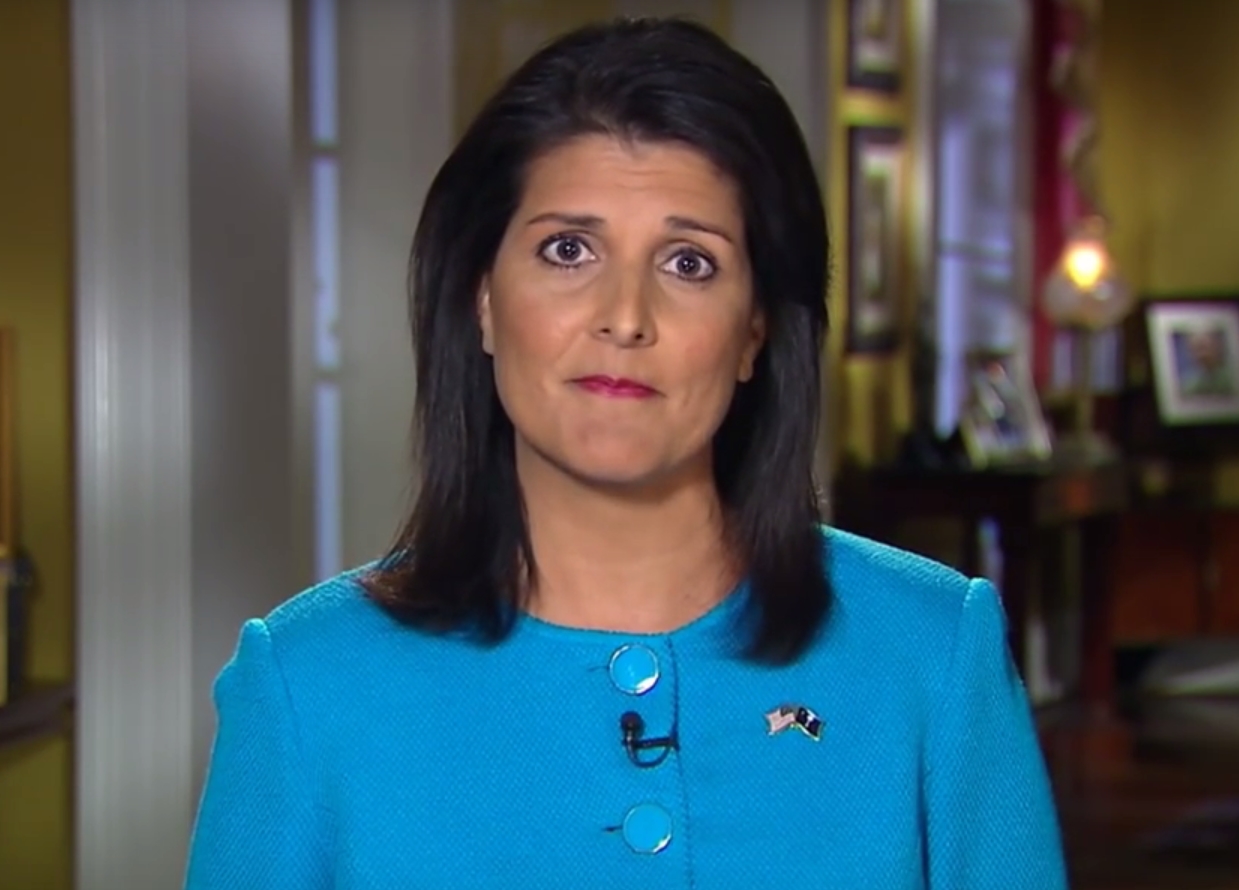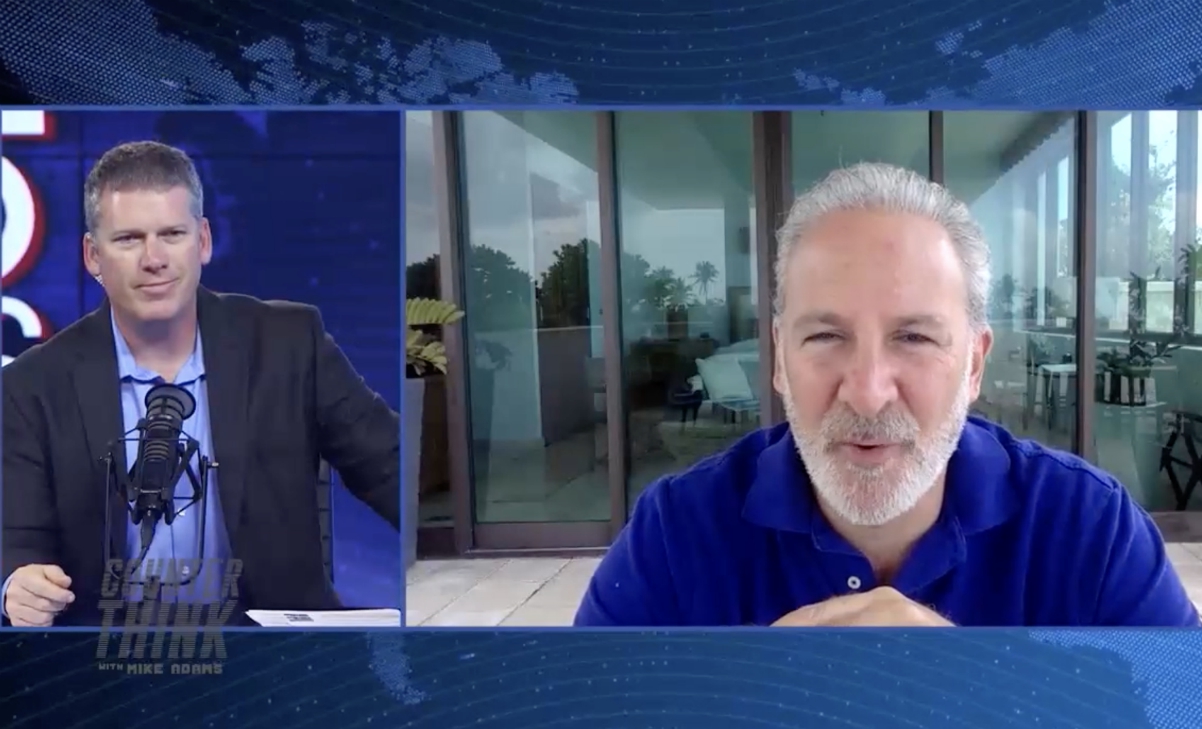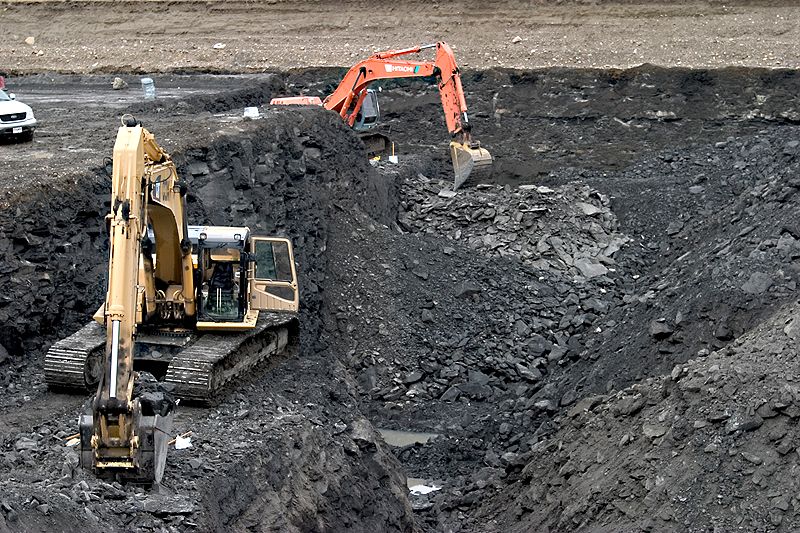
The National Aeronautics and Space Administration (NASA) has plans to start mining for resources on the moon by the next decade.
Gerald Sanders, a rocket scientist at NASA's Johnson Space Center in Houston, said America's space agency will at the beginning look into the development of oxygen and water on the moon and will later contemplate exploiting minerals on the moon like iron and rare earth minerals.
"We are trying to invest in the exploration phase, understand the resources… to [lower] risk, such that external investment makes sense that could lead to development and production," Sanders announced at a mining industry event in Australia.
Sanders noted that the upcoming Artemis manned mission to the moon will collect knowledge that the agency could then use to measure the resources available on the moon so NASA can draw up future plans for exploration and mining activities. (Related: Are people really considering going to the moon… to mine?)
"We are literally just scratching the surface," Sanders said, pertaining to the Moon's possible resources.
Sanders mentioned that NASA will ship a test drill to the Moon's surface while also stating that massive mining activities are planned for 2032. The agency is also working to create a processing plant for whatever resources are found.
Scientists are hoping expanding mining possibilities on the moon will also lead to the expansion of commercial opportunities in space. Commercial rocket companies and private space corporations are expected to be among the first customers, using the moon's resources for fuel.
Mining on the moon now a real possibility
For decades, the possibility of mining on the moon was considered mostly a trope of science fiction stories. Now, governments and their respective space agencies are implementing programs and legislation to join the race to exploit the moon's mineral resources.
In 2015, former President Barack Obama signed a law granting American citizens the right to own resources mined in space. This law was seen as encouraging investments into projects for mining in space. His successor, former President Donald Trump, signed an executive order in 2020 encouraging citizens to mine the moon and other celestial bodies with commercial purposes.
The Australian Space Agency (ASA) is already working with NASA to make both of their dreams of possibly mining on the moon a reality, with the agency developing a semi-autonomous rover that can take regolith, or moon soil, samples of the moon on a NASA mission as early as 2026. The rover will help realize NASA's plans of larger-scale excavations of regolith.
The rover will collect lunar soil containing samples of oxygen and other forms of oxides, and NASA hopes to extract that oxygen.
"This … is a key step towards establishing a sustainable human presence on the moon, as well [as] supporting future missions to Mars," said ASA Assistant Director Samuel Webster.
Private initiatives are now also exploring the possibility of mining celestial bodies like the moon, as well as potentially some asteroids further out in the solar system. Companies like Planetary Resources, Deep Space Industries and AstroForge have made similar plans about launching mining expeditions into space.
Follow Space.news for more news about the moon missions.
Watch this clip from Next News Network discussing how China is planning to establish a base on the moon before the U.S. does and thereby dominate this new phase of space exploration.
This video is from the News Clips channel on Brighteon.com.
More related stories:
NASA’s next lunar mission could discover existence of life on the moon.
China to begin construction of LUNAR BASE using moon soil.
NASA confirms water on sunlit areas of the moon.
Space race? Russia to partner with China to build the first lunar base after rejecting US space deal.
Sources include:
Please contact us for more information.














